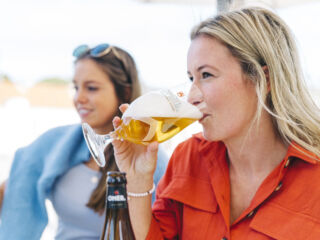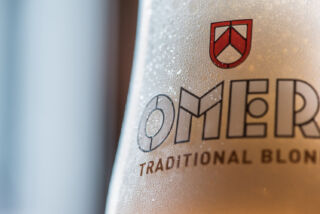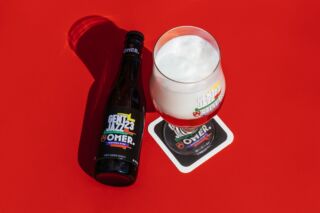
Main
BARLEY MALT - THE FLAVORING OF OMER.
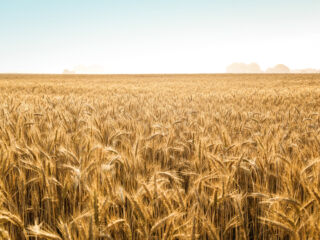
The barley malt that forms the basis of OMER. Traditional Blond, comes from the Loire region in France. The brewery specifically chooses barley from this region because of its ideal protein content required for malting the barley and the beer's foam stability. The quality of the barley malt is evaluated annually. If the harvest from the Loire region does not meet the specifications in our specifications drawn up for OMER. Traditional Blonde, then the malting plant must source the barley from another region in Europe. Quality is of such immense importance to Omer Vander Ghinste Brewery, making compliance with our requirements and specifications a must.
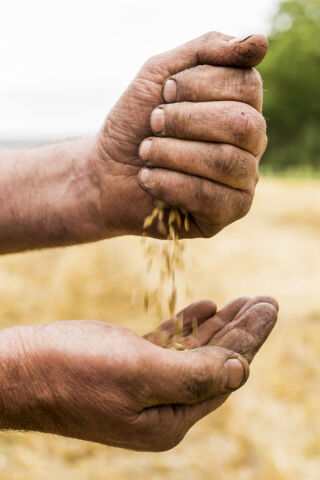
What is malting?
In malting, barley is first soaked in water. Once the grain has completely soaked, it is given a chance to germinate in warm rooms. During germination, the grain forms enzymes capable of converting the starch present into sugars. These enzymes are what the plant needs to grow. The germination process is stopped as soon as the roots are visible. This is done by drying the grains at a high temperature. The result is called malt. The higher the temperature during drying, the darker the malt.
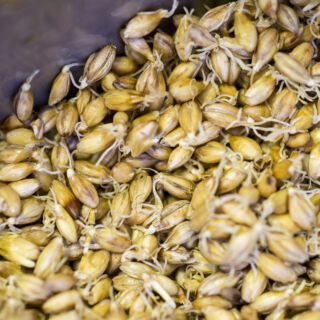
The color of the barley malt also determines the color of the beer. The color of malt and beer is indicated by a number on the EBC color scale. (EBC stands for the "European Brewers Convention" that established this color measure) The higher the EBC value, the darker the beer. Therefore, the color of the malt has the greatest influence on the color of the beer. OMER. Traditional Blonde has an EBC value of 8 and is categorized as "Blond".

From malting to grinding
Het effectieve brouwproces begint met het schroten van de gerstemout.
Door de moutkorrels te breken en vermalen komt zetmeel vrij dat wordt vermengd met zuiver water. De gebroken moutkorrels vormen samen met water het beslag dat aan de basis ligt van OMER. Dat beslag wordt stapsgewijs opgewarmd in de brouwketels, wat men maïschen noemt.
Schroten klinkt eenvoudig, maar niets is minder waar. Je kent de uitspraak vast wel: “het kaf van het koren scheiden”. Het kaf is de buitenkant van de moutkorrel en dient zo heel mogelijk te blijven bij het schroten. Als je kaf vermaalt, zal het ongewenste kleur- en bitterstoffen afgeven die het bier een onaangename smaak zullen geven. Om het schroten zo efficiënt mogelijk te laten verlopen, wordt er gekozen voor moutkorrels van gelijke grootte. Wordt hier geen rekening mee gehouden, dan gaan te kleine korrels amper of niet geschroot worden en bij korrels die te groot zijn, zal het kaf te veel vermalen worden. Het kaf heeft de functie van filtreermiddel, dus het wordt niet weggesmeten.
Het meellichaam, de inhoud van de moutkorrel, moet net zo fijn mogelijk vermalen worden. In het meellichaam van de gerstemout zit zetmeel opgeslagen. Dat zetmeel wordt bij het maïschen onder invloed van enzymen (ontstaan door het mouten) omgezet in natuurlijke suikers, die later van belang zijn bij de vergisting.
The actual brewing process begins with the grinding of barley malt.
Breaking and grinding the malt grains releases starch that is mixed with pure water. The broken malt grains together with water form the mash that is the basis of OMER. That mash is heated incrementally in the brew kettles, which is called corn schnapps.
Scrubbing sounds simple, but nothing could be further from the truth. The chaff is the outside of the grain of malt and should be kept as whole as possible when grinding. If you grind chaff, it will release unwanted color and bitterness that will give the beer an unpleasant taste. To make the grinding process as efficient as possible, malt pellets of equal size are chosen. If this is not taken into account, grains that are too small will barely be grated, if at all, and grains that are too large will cause the chaff to be ground too much. The chaff has the function of a filtering agent, so it is not thrown away.
The meal body, the contents of the malt grain, should be ground just as finely as possible. Starch is stored in the flour body of barley malt. That starch is converted into natural sugars during mashing under the influence of enzymes (created by malting), which are later important in fermentation.
The effect of malt on taste
The barley malt from the Loire region gives OMER. Traditional Blond its typical full flavor (body), which is largely due to the proteins that dissolve during the mashing process.
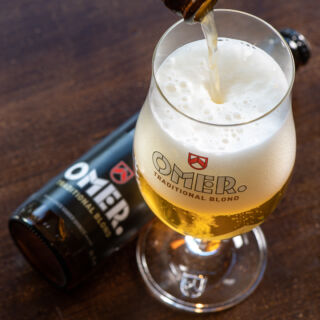

BECOME A MEMBER OF THE OMER. FAMILY
BECOME A MEMBER OF THE OMER. FAMILY
Subscribe to our monthly OMER. newsletter.
